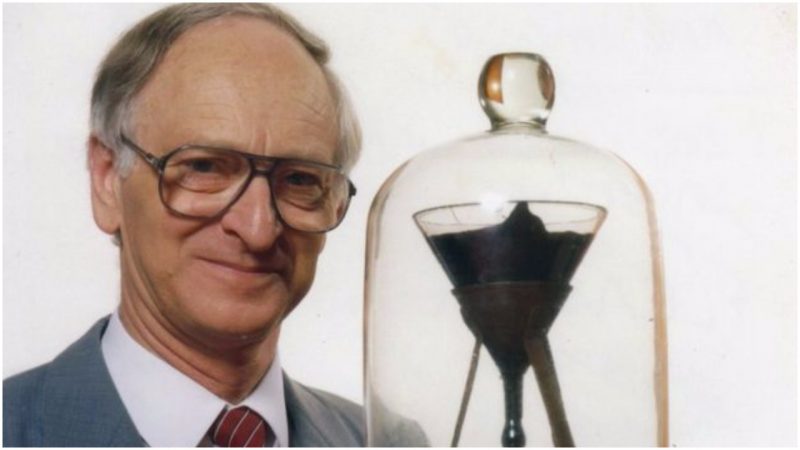Pitch, a viscoelastic polymer, is one of the thickest liquids on Earth.Seemingly trivial, this experiment has excellent reason to exist, measuring the flow and viscosity of pitch (mostly bitumen), under carefully crafted conditions and a watchful webcam.
Begun by Professor Thomas Parnell of the University of Queensland in Brisbane, Australia, in 1927, the unusual experiment had a purpose, to examine the properties of pitch. Seemingly solid at room temperature, pitch was easily breakable with a hammer. Nonetheless, the professor was determined to prove that it was actually in a liquid state, as it takes so much time to be pulled by the “phenomenon” that is gravity.
Preparing the experiment took years. Parnell heated a hunk of pitch and placed it into a sealed funnel, and patiently waited for three years for the pitch to settle. In 1930, when he decided the pitch was flat enough, he cut off the bottom of the funnel and the pitch began to drop at an extremely slow pace.
Parnell witnessed only two drops of pitch, one in 1938 and one in 1947, nine years after the first, and one year before his death in 1948. Nevertheless, the pitch experiment continued, and as of this year, there have been only nine drops. In 2000, a webcam was placed in order to assist surveillance; however, sadly, after a blackout, technical difficulties made the webcam miss the drip. A live feed of the drip surveillance can be seen here.
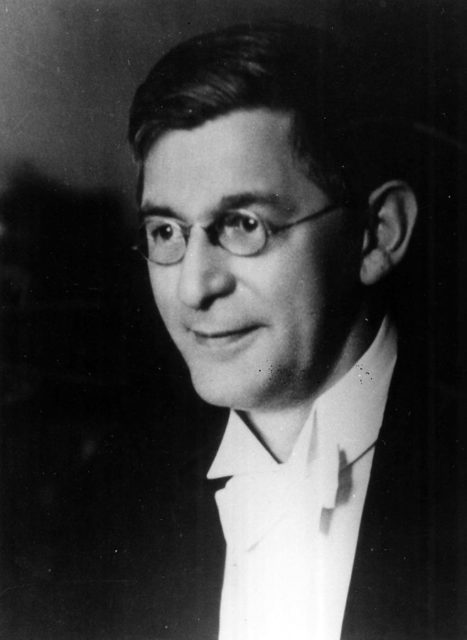
A staggering 230 billion times more viscous than water, pitch has intervals between drops of an average span of eight years, so consider placing your bets, as the tenth pitch drop is expected to fall sometime in the 2020s.
After the seventh drop, it took more than 12 years to witness another one. From then on, the pitch drop experiment has shown itself to be rather unpredictable due to changing variables, such as temperature and the decreasing pressure from the leftover pitch in the funnel as the drops have fallen. Amusingly enough, this is what makes the science behind it fun.
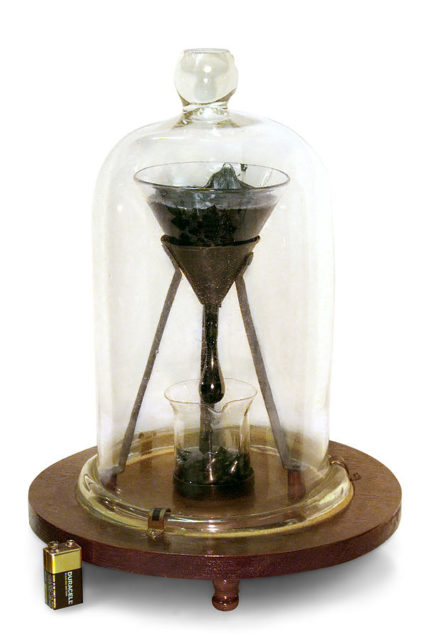
An explanation for the sudden change of viscosity is that an air-conditioning unit was built in the room after the building was renovated in the 1980s. It drastically slowed the process down as the AC lowered the average temperature and indirectly contributed to the lengthened drops, not to mention the variability of drop sizes and their ambiguous forming.
Instead of modifying the experiment, Professor John Mainstone, the second custodian of the Queensland experiment, decided it was best to leave the conditions as Professor Parnell had set them up, for the sake of the experiment’s scientific integrity. The experiment is also listed in the Guinness World Records as the world’s longest running lab experiment.
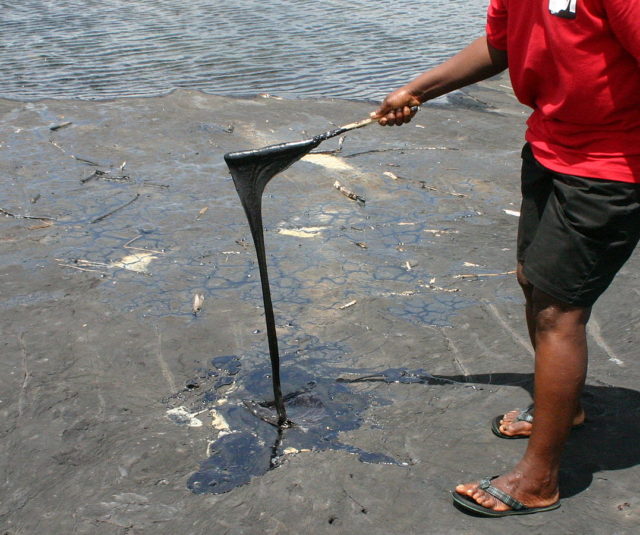
Another experiment, similar to Parnell’s, is the Dublin pitch-drop experiment, set up in 1944 at Trinity College. It is a younger version of Parnell’s experiment. Reportedly, it may have been Ernest Walton’s, a Nobel Prize winner and physics professor at the Trinity College.
In 2005, the custodian of the Queensland experiment, John Mainstone, along with the late Thomas Parnell, were awarded the Ig Nobel Prize in Physics. It is a parody of the Nobel Prize but in no way of a demeaning or mocking nature. The Ig Nobel Prize focused more on the unusual scientific experiments and breakthroughs that are seemingly trivial, but still contribute greatly to the spirit of curiosity.
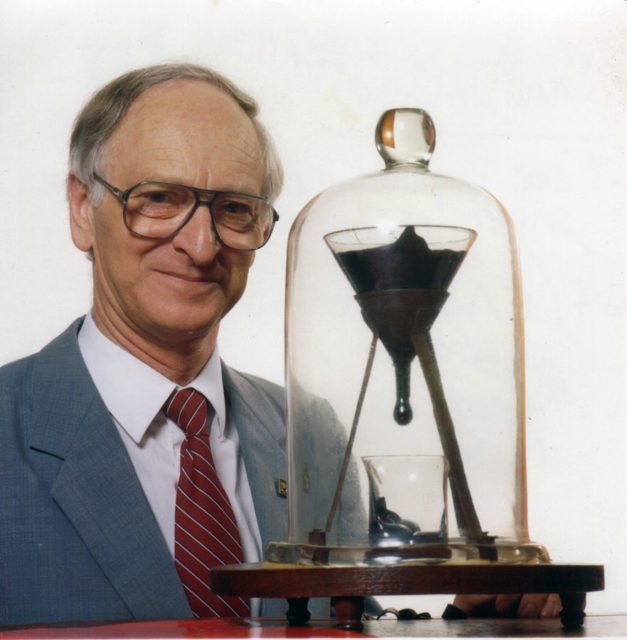
Professor Mainstone died on August 23, 2013, aged 78, following a stroke. Custodianship was then passed to Professor Andrew White. Following the Ig Nobel Prize Award, Mainstone honored Professor Parnell with the following:
“I am sure that Thomas Parnell would have been flattered to know that Mark Henderson considers him worthy to become a recipient of an Ig Nobel prize. Professor Parnell’s award citation would, of course, have to applaud the new record he had thereby established for the longest lead-time between performance of a seminal scientific experiment and the conferral of such an award, be it a Nobel or an Ig Nobel prize.”
